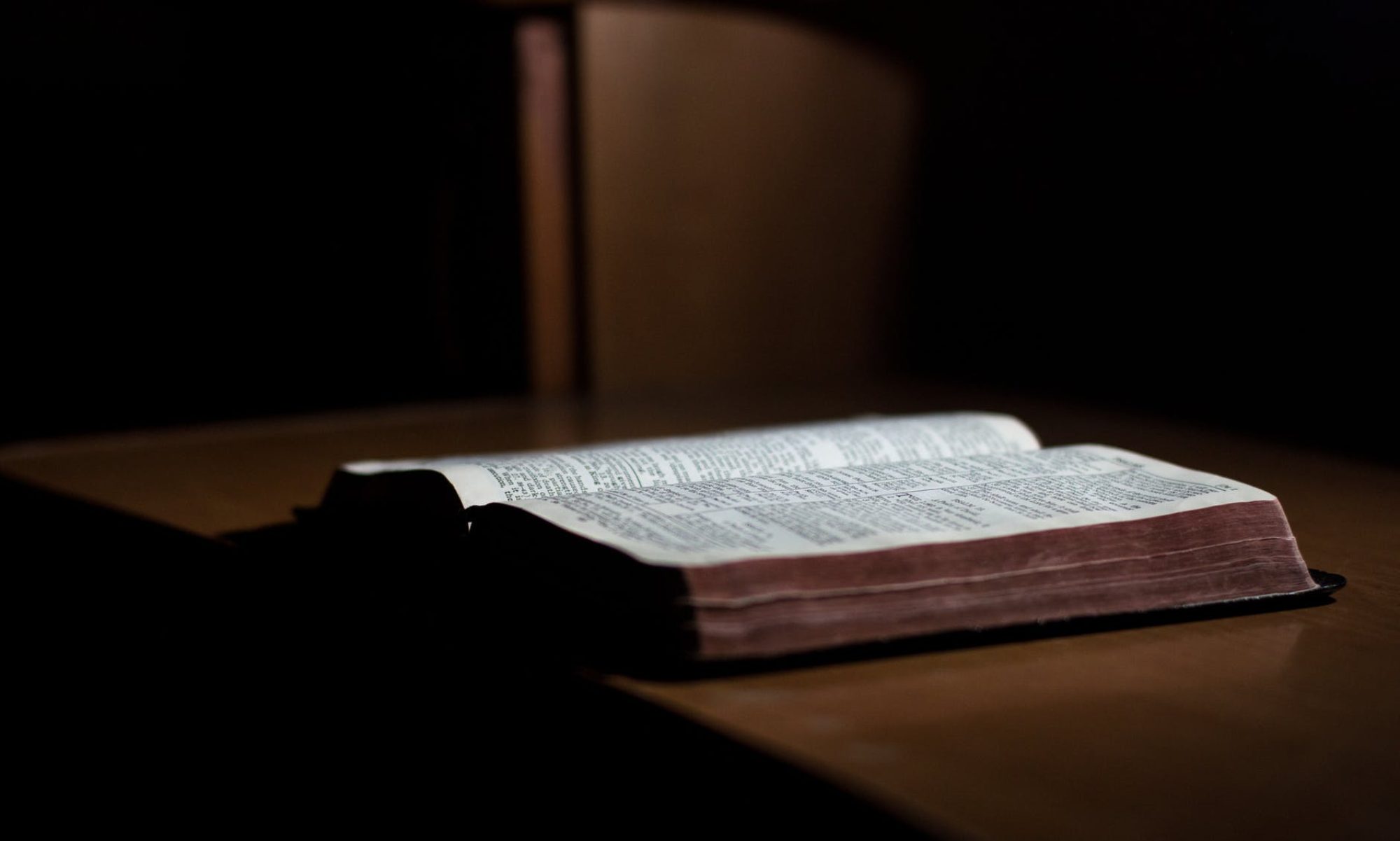Gulliver has a problem by the time his travels end, and today I asked my students to consider that problem more closely.
I asked my students to imagine the most physically attractive person they could, and then to acknowledge that out of that same body routinely comes poop and urine, that this person would, if one single millimeter of skin was removed, resemble something out of a horror movie more than the object of sexual desire.
We are able to forget this, I told them, because we have a veil over our eyes.
Gulliver has had that veil removed, and in its absence, all he can see are disgusting, sin-filled creatures, or rather vice-filled, irrational creatures.
The problem is precisely that Gulliver doesn’t see what’s wrong with the Yahoos on the Houyhnhnm Island or back in England as sin. He’s been using some other standard. And in the absence of a standard that would start with the premise that all men are made in God’s image, Gulliver begins to hate.
Swift’s satire is so effective because he shows what happens when the genre has eaten itself.
Gulliver has given himself over to critical thinking, and it ends with him losing his humanity, cavalierly using the fat and skin of Yahoos for personal needs without thinking anything about it and living in barn instead of with his family once he arrives home.
I told students that part of the reason we have a liberal arts curriculum is that the total immersion in any one discipline can wind up distorting the way we look at people.
Stay too long in the sciences and you start seeing people as only bodies.
Stay too long in Christian studies and bodies become mere receptacles for souls and part of our humanity (that Christ dignified by taking on in the incarnation) gets lost.
Stay too long in English and imagination dominates (to our detriment).
And stay too long in business and find yourself reducing people to numbers.
Swift’s call here is for us to always ground our needful criticisms in the knowledge that we are made in God’s image.
